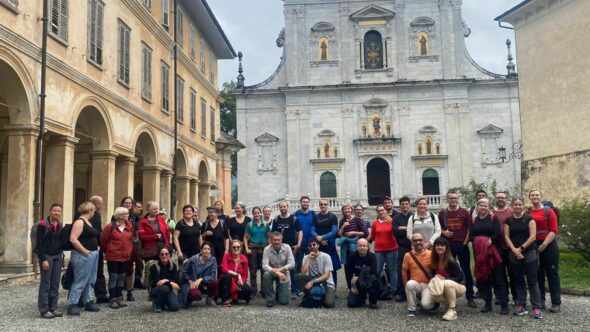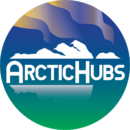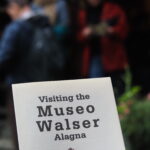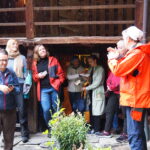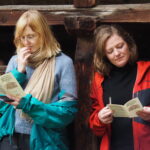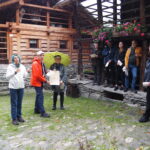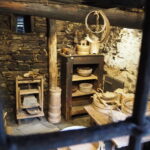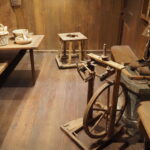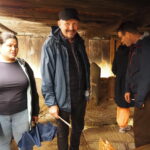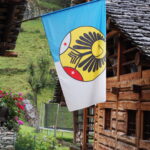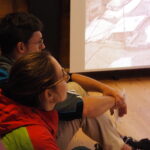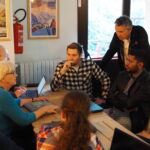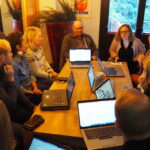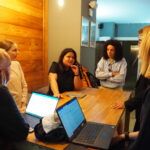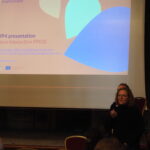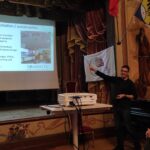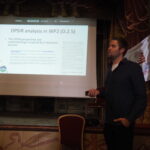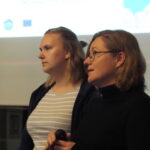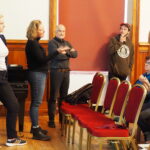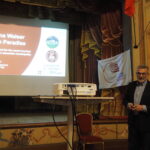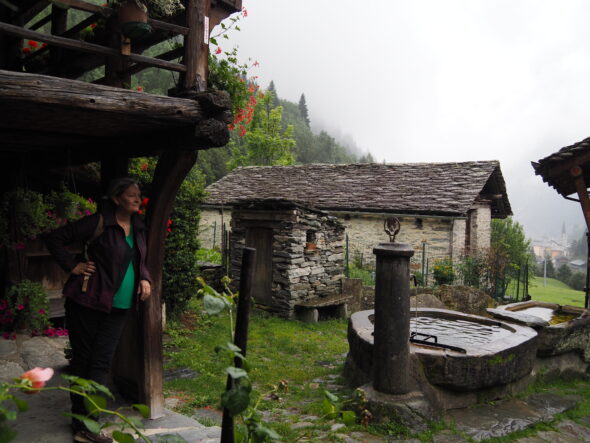 Nestled within the scenic embrace of the Italian Alps, the annual ArcticHubs meeting in Alagna Valsesia unfolded as a testament to collaborative research and shared ambitions. Hosted by the University of Turin, this meeting brought together a diverse group of experts, researchers, and practitioners committed to the study and sustainability of Arctic and Alpine regions.
Nestled within the scenic embrace of the Italian Alps, the annual ArcticHubs meeting in Alagna Valsesia unfolded as a testament to collaborative research and shared ambitions. Hosted by the University of Turin, this meeting brought together a diverse group of experts, researchers, and practitioners committed to the study and sustainability of Arctic and Alpine regions.
Upon our arrival, we were introduced to the picturesque mountain village of Alagna by professor Marco Giardino and the Mayor of the village Roberto Veggi.
The University of Turin professors and researchers Riccardo Beltramo and Michele Freppaz set the stage for what would be an enlightening experience, immersing ArcticHubs consortium partners in the local culture and cultural and natural heritage, which became a living case study for our discussions on Arctic hubs.
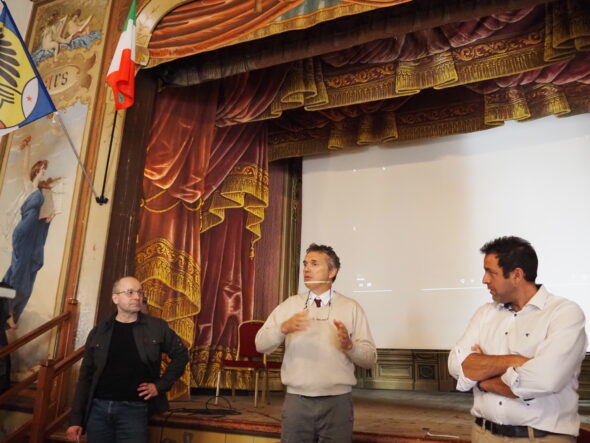
The presentations throughout the consortium meeting were not only informative but also showcased the progressive strides taken by various workgroups of the ArcticHubs project and the progress at hubs level.
Professor Riccardo Beltramo’s research group presented their remarkable work on the Alagna Walser Green Paradise project, underscoring innovative approaches to smart tourism development in mountain villages. See how this is also documented also through their Instagram account here.
During the second day, Professor Marco Giardino elaborated on the geo-strategic dynamics of the Valsesia valley and its geopark, while Professor Michele Freppaz provided invaluable insights into the research conducted on Monte Rosa, particularly concerning climate change and its impact on snow and high-altitude human physiology.
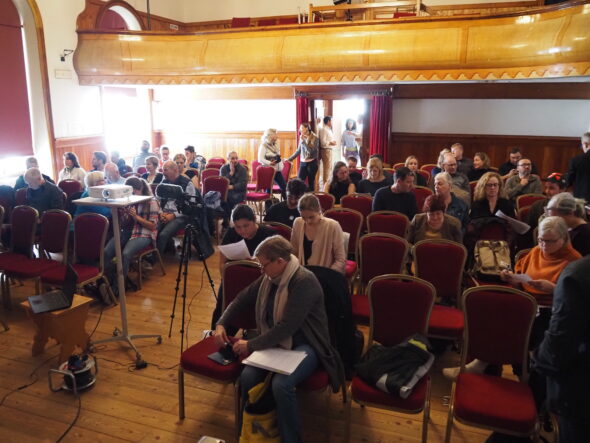
Thematic workshops allowed us to delve deeper into the complexities of Arctic sustainability, exploring project progress and specific topics ranging from forestry and mining to the social license to operate.
The visit to the Walser ecomuseum – Walser are some of the communities who inhabited the area in Alagna – prompted a thoughtful dialogue on the intersection of cultural heritage and natural resource conservation.A memorable part of our journey was the excursion to the Sacro Monte of Varallo, where we had the privilege to learn about the local geopark’s support system and witness firsthand the chapels constructed with locally sourced stones—a vivid illustration of human adaptability and geological history.
The meeting culminated in a series of presentations from partners and discussions, which paved the way for future initiatives, research papers and next steps. The project collaborative efforts, with locals and stakeholders at hubs level, aimed to develop non-conflictual use of Arctic resources, ensuring that sectors such as forestry, mining, indigenous industries, tourism, aquaculture, and fishery can coexist harmoniously in the Arctic of the future.
We left Alagna Valsesia enriched with knowledge, inspired by the dedication of our peers, and equipped with new tools and perspectives to apply to our ongoing work.
The annual meeting may have drawn to a close, but
the collaborative spirit and the commitment to sustainable Arctic communities continue to resonate within each of us.
We look forward to the upcoming steps—conferences, research papers, and workshops—that will utilize the valuable outcomes of our meeting.
A special thank you to Professors Marco Giardino, Beltramo Riccardo, and Michele Freppaz, along with their young researchers and assistants, for orchestrating a truly impactful event.
This blog post merely sketches the breadth of our annual meeting; the work done and the bonds formed here will echo throughout our final endeavors as we strive for a future where Arctic communities thrive while facing the challenges of change.
